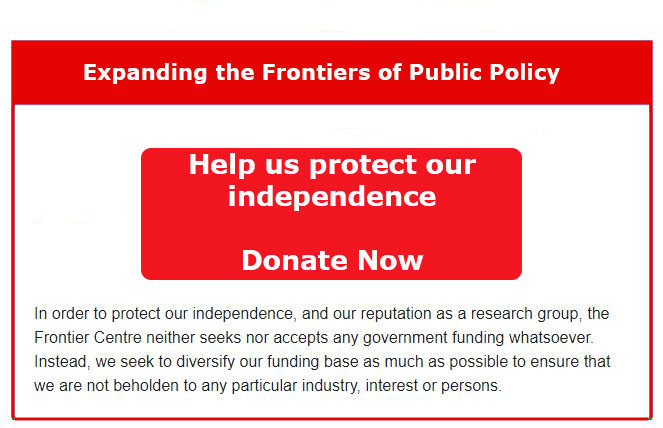The economic consequences of COVID-19 and the shutdown of the economy are difficult to evaluate. But some of them have begun to appear and risk hindering recovery. Inflation is one of these harmful consequences. In the USA, consumer prices jumped 4.2 per cent in the 12 months through to April, up from 2.6 per cent in March, marking a considerable increase since September 2008. The same trend is happening in Canada where inflation rose to 3.4 per cent in April, up from 2.2 per cent in March, the highest level since May 2011. As the rise of the average price level of goods, inflation leads to a situation where a currency unit allows one to buy less than it did in prior periods. The cause of this inflation can be related to numerous reasons, like the rise of gasoline prices that rebound from the fall of April 2020 and the manipulation of debt.
Inflation can occur when the money supply increases faster than economic growth. For the economist Milton Friedman, “Inflation is always and everywhere a monetary phenomenon in the sense that it is and can be produced only by a more rapid increase in the quantity of money than in output. “ Indeed, when a Central Bank prints too much money, it loses its value and decreases its purchasing power. In some countries, profound effects are already present: in Turkey, food inflation jumped more than 20 per cent in a year due to its Central Bank’s Bond-Buying program leading its money to dive to record lows. Similar situations have occurred in Latin America in countries, like Argentina.
In the past, these situations led to hyperinflations—high and accelerating inflation. One of the recent and the most famous is the Venezuelan case: to face economic difficulties, the government of Venezuela chose to print money. This contributes to hyperinflation in which, for example, the price of a cup of coffee rises in 2019 from 0,2 bolivars in early 2018 to 1700 bolivars in 2019. The same phenomenon happened in Zimbabwe in the first decade of 2000. In both countries, the strategy to print money was linked to the governments’ high public debts: the necessity to repay them and the incapacity to manage their finances led them to choose this strategy.
Such a situation has not occurred in the western countries during the COVID-19 pandemic because their economies were more robust before the crisis. If hyperinflation is not currently a concern for them, it shows the danger of such manipulation of money. Moreover, even minor inflation would hinder the economic recovery.
In Canada, according to Equifax, per capita consumer debt declined amid reduced spending activity. Indeed, if the overall consumer debt has risen due to the mortgage balances, household indebtedness fell due to the COVID-19 crisis. In September 2020, Statistic Canada reported a 10.8 per cent increase in household disposable income. This increase, coupled with a 13.7 per cent decline in household spending (in nominal terms), pushed the household saving rate to 28.2 per cent from 7.6 per cent in the previous quarter and 3.6 per cent in the fourth quarter of 2019. Numerous factors can explain this situation. First, the lockdown reduces the possibilities for consumers to spend (for example, in shops and restaurants which were closed). Moreover, the uncertainty of the future caused by the pandemic could lead to a more prudent behaviour from the household, which favours saving to spending. Finally, the Canada Emergency Response Benefit (CERB) allows many people to have income from the federal government in response to the restrictions and economic crisis.
So the government is spending more, and households are saving more. This situation shows that the state is becoming more active in the economy and managing the debt. With the COVID-19 crisis, the government relies on debt and redistributes the money to people with subsidies. The problem is that government money is mainly taxpayer money so the burden of the debt (and maybe tax burden in the future) will be costly for the people, even if they receive financial help from the administration.
Finally, the COVID-19 crisis allows the governments to take a more important place in the economy, mainly in using the debt and Central Banks’ help. If the shock of the COVID-19 can explain this behaviour, the risk of abuse exists and must be refrained.
Alexandre Massaux is a research associate with the Frontier Centre for Public Policy.
Photo by Scott Graham on Unsplash.



